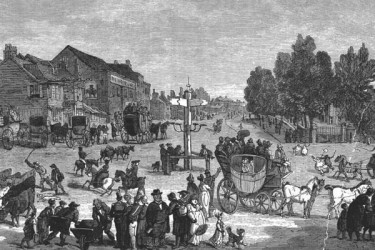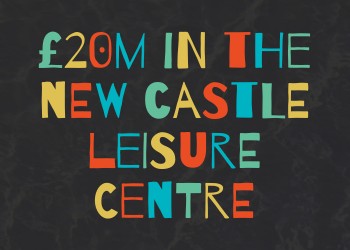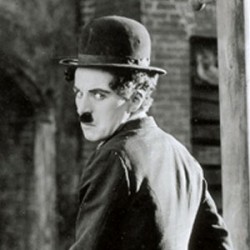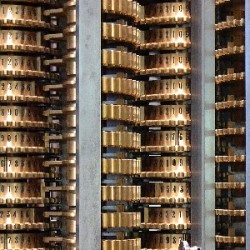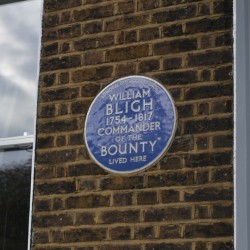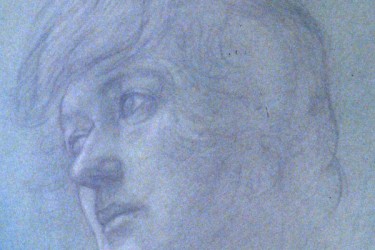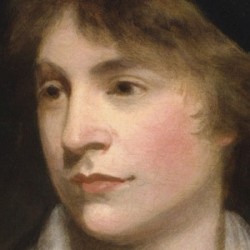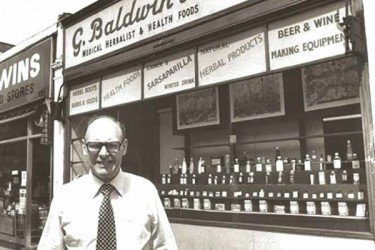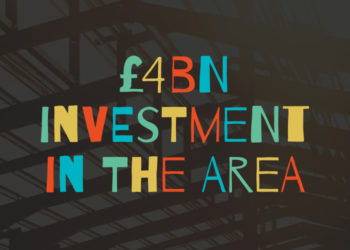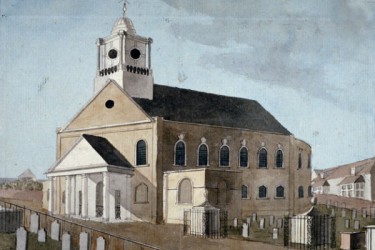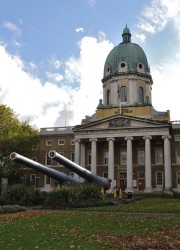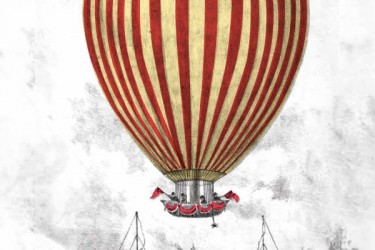Travel back in time 120 years to the Elephant of 1898.
It’s just as busy. Shoppers, commuters, children and workers throng the scene. There’s no shopping centre, Strata or Faraday Memorial and yet, somehow, it all feels very familiar.
The Elephant statue is present, presiding over the bustling human parade below; the famous portico of the Metropolitan Tabernacle provides an instantly recognisable backdrop; and traffic, endless traffic, criss-crosses the junction. But this traffic is the four-legged kind and not all of it is simply passing through. For in the 1890s, the Elephant was at the heart of London’s horse-powered transport trade.
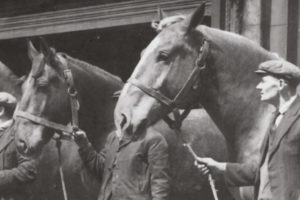
According to Gordon’s The Horse World of London, there were more than 300,000 horses pulling vehicles through the city’s streets in 1893. This included 10,000 pulling buses; nearly as many drawing trams and about 15,000 providing a taxi service. Tens of thousands more were hauling freight; rubbish, raw materials, coal and casks of beer. 700 black horses, mostly of the Frisian breed, had the full-time job of hauling hearses for London’s funerals, and Southwark firm, Thomas Tilling kept 40 grey horses exclusively for drawing wedding carriages (folk tradition held that they were lucky).
According to Gordon, roughly half the horses that worked the city’s streets were second-hand, and one of the best places to purchase a horse was Elephant and Castle. The place to go was the Horse Repository at 16-18 New Kent Road (where the shopping centre stands today).
The two-storey Repository was the country’s largest weekly horse auction. The famous Frisian horses, prized for funerals, were shipped to London by barge from the Netherlands (up to 200 at a time) all to be auctioned at the Elephant. According to a later account, all manner of trusty steed or old nag could be found at the sale: “hacks and cart horses, a brown mare which had hunted with the Southdown, and a group of wild ponies from Dartmoor, clattering in a frightened bunch about the runway.”
We often think of this horse-drawn age as fizzling out at the dawn of the twentieth century but horses were still a familiar sight on the streets of Elephant and Castle right up until the Second World War. Indeed, as late as 1939 there were still 40,000 working horses throughout London.
And as times changed, so the Repository changed to keep up. By 1926 it had dropped ‘Horse and Carriage’ from its name to become the London (Elephant & Castle) Repository, presumably to reflect the fact that it now dealt with motor vehicles as well. Jim Bellman, founder of the Dulwich Riding School, began his career as a costermonger, complete with a cart and horse and harness bought from the Repository.
one of the best places to purchase a horse was Elephant and Castle
The photographer, Bert Hardy took a number of photos of horses and buyers at the auction for his famous 1949 Picture Post feature about the area. Hardy had grown up nearby and understood that the Repository was an important part of life in the Elephant. From the end of the First World War until it finally closed in the early 1950s, the auction was managed by Mr AH Harris, always to be seen in his top hat and yellow gloves when wielding the gavel.
Local heroes, Henry Cooper, the heavyweight boxer, and the actor, Michael Caine both had family ties to the Horse Repository. Cooper’s grandfather had worked there, while Caine explains in his autobiography, The Elephant to Hollywood, that one side of the family (Irish immigrants) had originally settled in the Elephant so that they could sell horses at the auction.
Horse-drawn transport continued to be used by London’s municipal authorities well into the twentieth century. Camberwell Council disposed of its last horses in 1933 (auction day at Grove Vale depot was a tragedy for the drivers, many of whom wept as they bid their old friends farewell). While Bermondsey Council continued to use horses up until 1953. The Local History Library and Archive has photos of these horses on their last day in service; the captions, many of which cite the horse’s name, show the affection the staff had for their charges.
The library also holds records of the Metropolitan Borough of Southwark’s annual cart horse parades, including programmes, covering a period between 1905 and the mid 30s. The cart horses in question were pulling the Edwardian equivalent of bin lorries: slop carts, dust carts, and water carts. The parade wasn’t just a way to entertain local kids; it was a competition that gave council workers a chance to win cash prizes and bragging rights. In 1905, the contest was judged by two vets, and the chairs of the council’s works and depot committee and horse and fodder sub-committee.
By the time the Elephant and Castle Horse Repository closed, London was on the cusp of a new era; an age in which the motor vehicle would reign supreme – with all the attendant frustrations that would bring, including pollution.
Traffic pollution was a problem for Victorian Londoners too, although it was a different kind of exhaust – horse manure – that caused the trouble. In the 1890s, nearly four tonnes of manure were deposited on the streets every day (not to mention 300,000 litres of urine plus the occasional carcass). If you read a description of London “mud” in a Victorian novel, it’s fair to assume the author is probably just being polite. In 1894 the Times declared that horse droppings had become a crisis. The newspaper suggested that if things continued in this way, then by 1944 “every street in London will be buried under nine feet of manure.” So, no matter how much the traffic jams and pollution of today’s London might get you down – just take a moment to reflect on what could have been the alternative…
